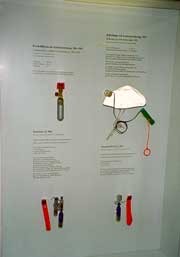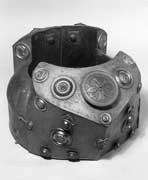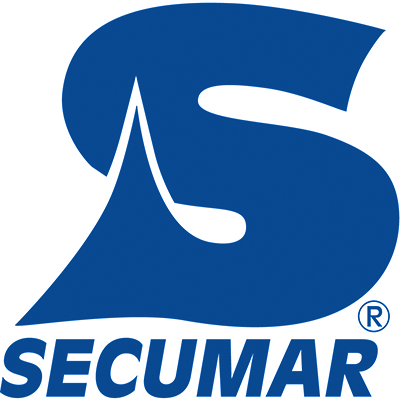
Company Milestones

Compressed air bottles, the inflation device SECUMATIC 10 and the compressed air manual inflator PH 71.
Oskar von Miller had a dream. When, at the turn of the century, this engineer tried to open a museum in Germany for natural science and technology, he was following a completely new concept. He wanted to combine education for the people with entertainment. The museum was to offer something for all levels of society, to make science and technology common knowledge amongst people of all backgrounds. Miller wanted to create a hands-on technical museum, one that made learning fun. His unique concept was to show history as well as brand new technology. From 1903, the vision of this legendary founder was put into practice, and has been updated many times since its opening.

SECUMAR 10 HLA pilot’s life jacket
Today, the museum thrives on an excellent reputation. Only technology that has represented a true innovation for its time has a chance of being included in this collection. Jost Bernhardt’s developments are proudly valued as such innovations. The aerospace department of the museum carries a permanent exhibition of life saving equipment. For example, on the ejector seat of the ‘Starfighter’ jet, you will find a dummy pilot on the seat that is equipped with a SECUMAR 10 HLA pilot’s lifejacket. In addition, the museum also has SECUMAR inflatable lifejacket technology in its stocks, such as compressed air bottles, the SECUMATIC 10 automatic inflation device, and the compressed air manual inflator PH 71.
A complete search and rescue cruiser, from the German Sea Rescue Service (DGzRS), can also be viewed in the museum in Munich. The ship, named the ‘Theodor Heuss,’ which is no longer in service, can be found on the museum’s internet presentation page. Here, you can also find the SECU 17 buoyancy lifejackets.

Metal rescue aid from a knight with integated air-filled cavities

Metal rescue aid – opened easy to recognize: The air-filled cavaties.
Unfortunately, another very interesting piece exhibited by the museum in its lifejacket display, was destroyed. A wrought iron suit of armor from the seventeenth century, this safety device had artistic air filled cavities made to protect the wearer from drowning. Because this museum piece was destroyed in a fire, only photos remain on display to bear witness to this historical piece of rescue aid.

